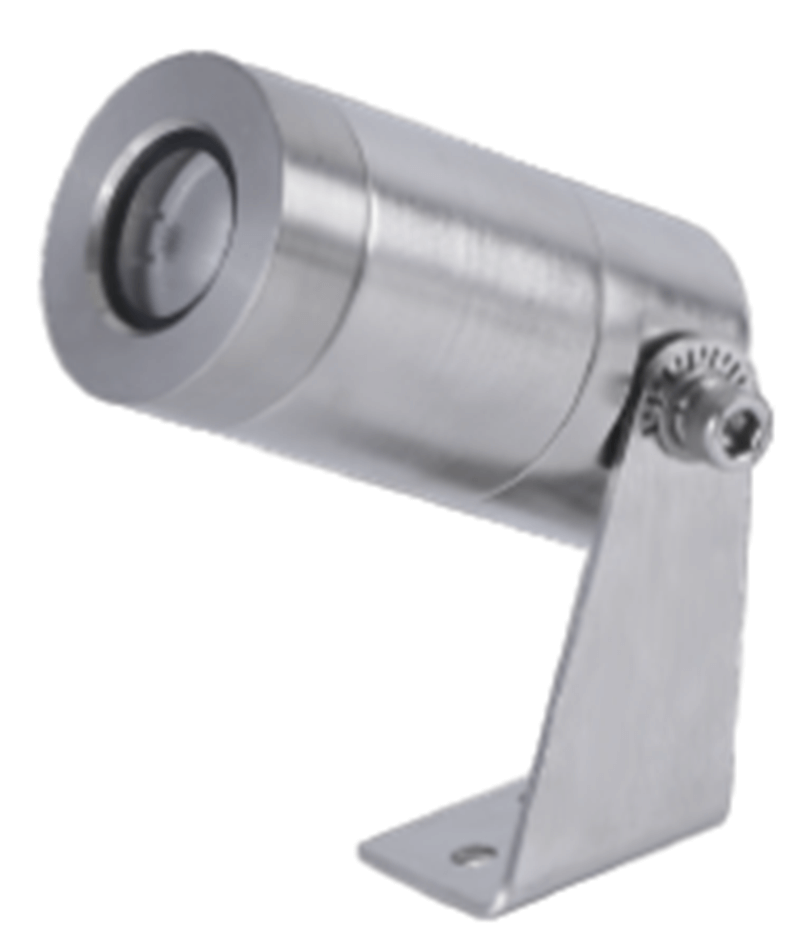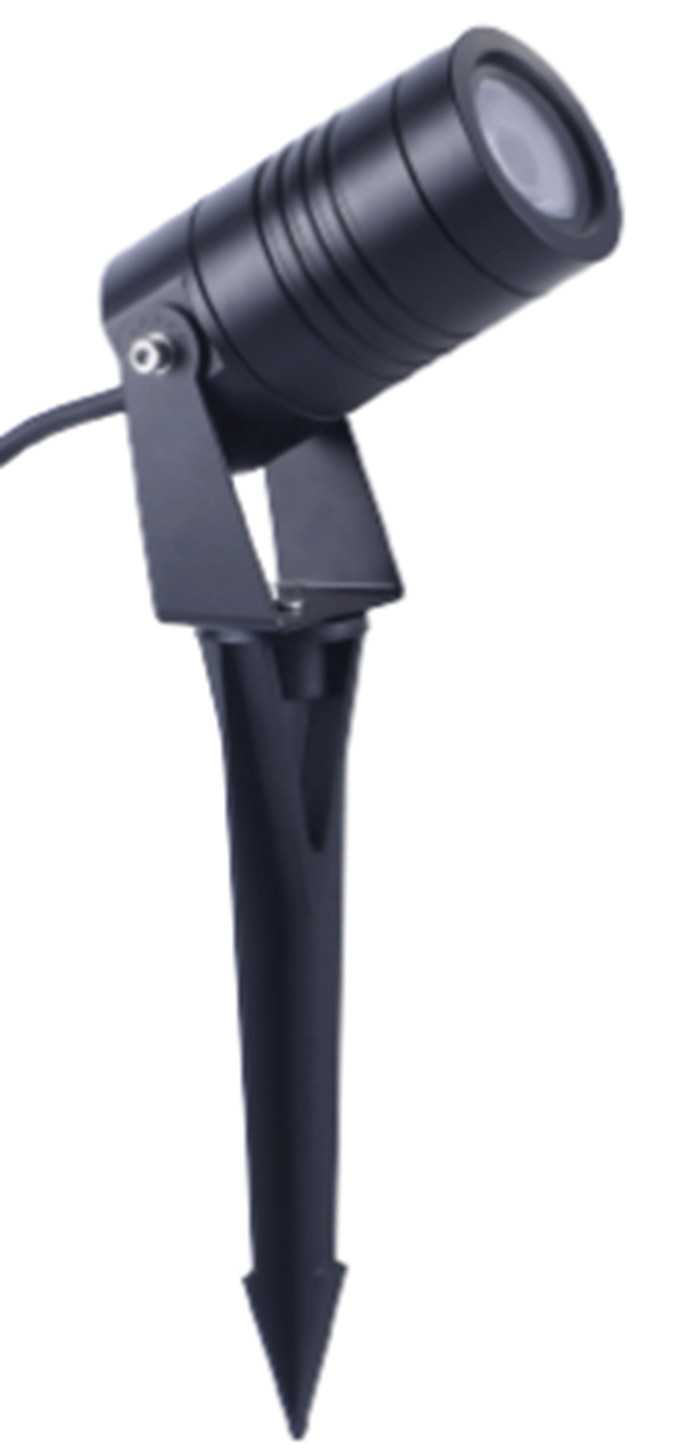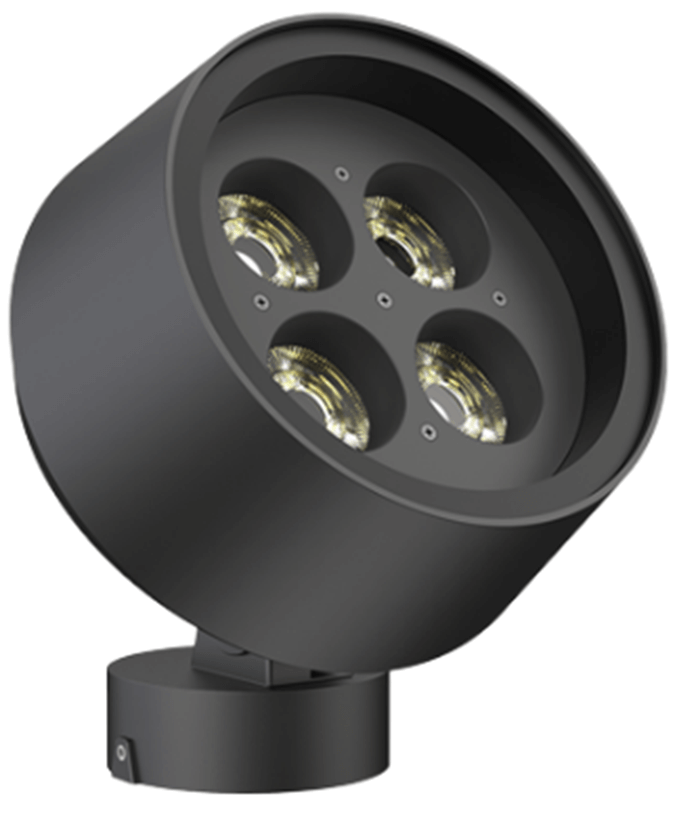Lamper er kritiske for udendørs belysning, men deres eksponering for fugt, Oxygen og salt kan forårsage korrosion, reducere deres levetid og ydeevne. Denne artikel leder dig igennem, hvordan du beskytter dine udendørs lysarmaturer mod korrosion for at forlænge deres liv og sikre optimal ydeevne.
Hvorfor ruster og korroderer lamper

Korrosion er den gradvise ødelæggelse af et materiale på grund af kemiske reaktioner med miljøet. Det svækker lamper og lanterner, reducere deres levetid. Fugtighed, ilt, og salte forårsager korrosion i lamper og lanterner. Når den er udsat, De kan reagere med metaloverflader, fører til rust og andre former for korrosion.
;
Metoder til at forhindre korrosion af lamper og lanterner
ren
Rengøringslamper og lanterner er en vigtig metode til at forhindre korrosion. Trinene inkluderer fjernelse af snavs og affald, skrubning med en rengøringsløsning, og tørring grundigt. The advantages are that it’;s billig og ligetil, Men det skal gøres regelmæssigt for at være effektiv.
opretholde
Korrekt vedligeholdelse, såsom stramningskruer og fastholdelse af skader, kan forhindre korrosion. Trinene involverer regelmæssig inspektion og adressering af problemer med det samme. Fordelene er, at det kan forlænge levetiden for lamper og lanterner, Men det kan være tidskrævende og dyrt.
beskyttende belægning
Anvendelse af beskyttelsesbelægninger, såsom maling eller pulverbelægning, kan forhindre korrosion. Trinene involverer overfladeforberedelse, Anvendelse af belægningen, og tillader det at tørre. Fordelene er, at det kan være langvarigt og effektivt, Men det kan kræve professionel anvendelse og være dyrt.
Vælg korrosionsbestandige materialer
Valg af korrosionsbestandige materialer, såsom rustfrit stål, messing, eller aluminium, er en forebyggende foranstaltning mod korrosion. Trinene involverer at forstå materialers egenskaber og vælge den passende. The advantages are that it’;er en langvarig løsning, Men det kan være dyrere på forhånd og begrænse designmulighederne.
;
Sådan rengøres og vedligeholder lamper og lanterner regelmæssigt
Regelmæssig rengøring og vedligeholdelse er afgørende for at forhindre korrosion i armaturer. At forsømme disse opgaver kan føre til opbygning af forurenende stoffer, weakening the fixture’;S struktur og accelererer korrosionsprocessen, forkortelse af dens levetid.
Følg nedenstående trin for rengøring og vedligeholdelse:
- Sluk for strømmen og fjern jiggen.
- Brug en blød børste eller blød klud til at fjerne ethvert affald, snavs eller snavs.
- Rengør overfladen grundigt med en rengøringsopløsning, der er passende til armaturmaterialet.
- Kontroller klemmen for skader eller løse skruer, og spænd om nødvendigt.
- Påfør en beskyttende belægning på armaturet for at forhindre yderligere korrosion.
- Geninstaller jiggen og tænd for strømmen.
- Gentag denne proces regelmæssigt for at bevare lysarmaturets liv og ydeevne.
;
Sådan vælger du den rigtige beskyttende belægning
Lampe og lanterne levetid kan forlænges, og korrosion forhindres ved at bruge beskyttende belægninger. Almindelige beskyttelsesbelægninger inkluderer maling, pulverbelægning, og anodisering.
Maling:
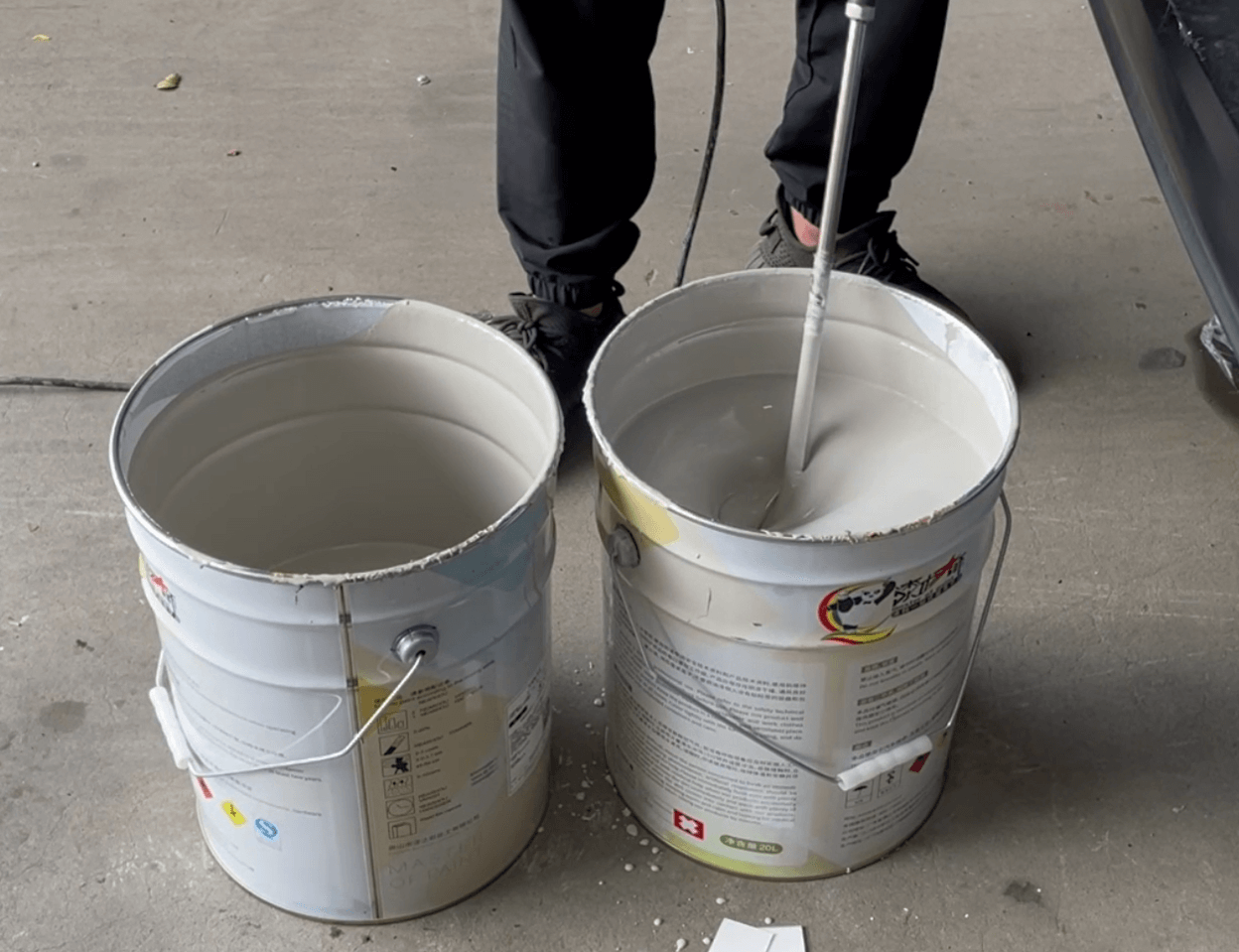
Maling er en populær mulighed for lamper og lanterner på grund af dets overkommelige pris, let anvendelse, og evnen til at blive matchet med forskellige farveskemaer. Imidlertid, Dens tendens til at chip og skræl kan få armaturet til at blive sårbar over for korrosion.
Trin:
- Rengør overfladen på armaturet
- Påfør en primer på armaturet
- Lad primeren tørre
- Påfør malingen på armaturet
- Lad malingen tørre
Pulverbelægning:
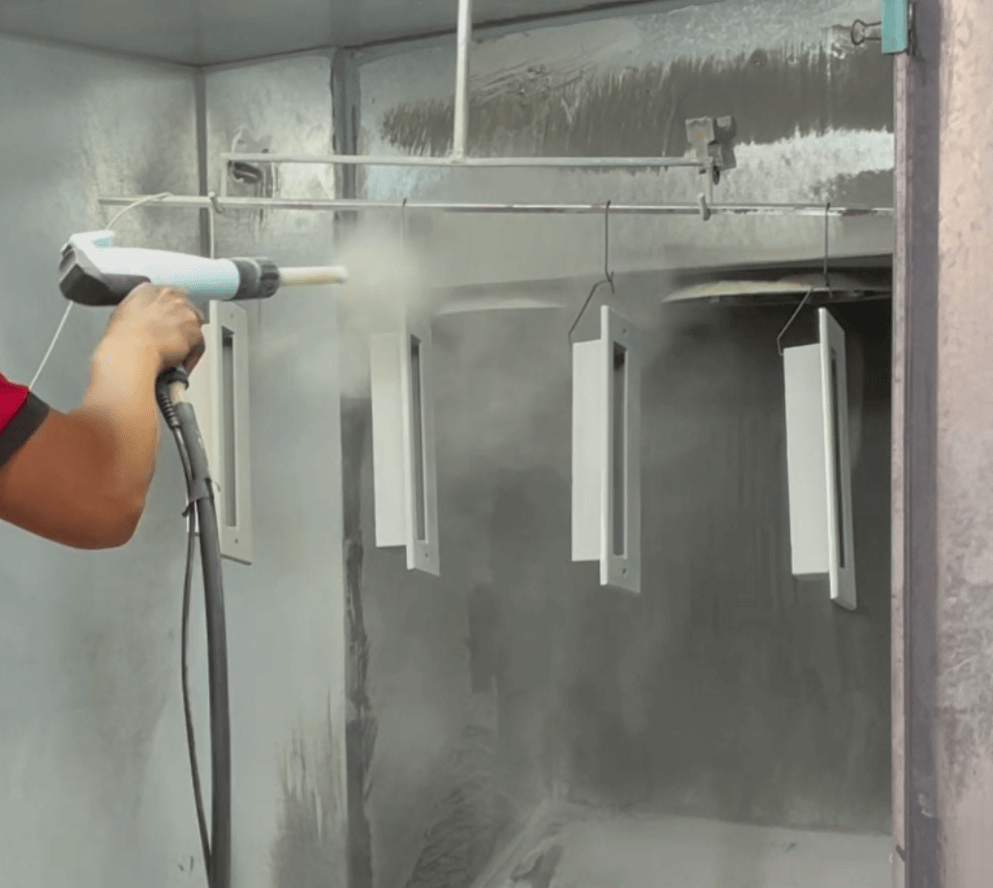
Pulverbelægning giver en langvarig, scratch-resistant coating that surpasses paint’;s holdbarhed. Imidlertid, Det tilbyder muligvis ikke de samme farvetilpasningsmuligheder som maling og kan være dyrere.
Trin:
- Rengør overfladen på armaturet
- Påfør pulverbelægningen med en spraypistol
- Bag armaturet i en ovn for at helbrede pulverbelægningen
Anodisering:

Anodisering giver en langvarig, hård, og korrosionsbestandig belægning, der overgår levetiden for både maling og pulverbelægning. Imidlertid, Det kan være en dyr mulighed og ikke altid muligt for alle typer inventar.
Trin:
- Rengør overfladen på armaturet
- Dyp armaturet i et syrebad
- Påfør en elektrisk strøm på badet for at skabe et beskyttende oxidlag på armaturet
- Skyl og tør den armatur
Beskyttelsesbelægninger kan være gavnlige til at forhindre korrosion, hvis de påføres korrekt, På trods af hver type, der har sit eget sæt af fordele og ulemper. Choosing the right coating for your fixture’;S indstilling og materialer er kritisk for at opnå det højeste beskyttelsesniveau.
;
Vælg korrosionsbestandige materialer
At vælge det rigtige materiale til din lysarmatur kan forhindre korrosion og forlænge dets levetid. Almindeligt anvendte korrosionsbestandige materialer til lamper er rustfrit stål, plast, aluminium, messing, etc. Disse materialer er specifikt designet til at modstå eksponering for miljøet og give langvarig korrosionsbeskyttelse.
Rustfrit stål
Rustfrit stål er et fremragende valg til lysarmaturer på grund af dets høje korrosionsmodstand og holdbarhed. Det har også en slank, Moderne look, der vil tilføje æstetikken i ethvert rum. Imidlertid, Det er dyrere end andre materialer og kan være vanskeligt at forme til indviklede design. Tips til valg af rustfrit stål til armaturer inkluderer overvejelse af det miljø, hvor armaturet vil blive brugt, såvel som det overordnede design af armaturet.
plast
Plast er et populært belysningsmateriale, fordi det er let, billig, og let at forme til en række forskellige designs. Imidlertid, Det er ikke så korrosionsbestandigt som andre materialer, Så det varer måske ikke så længe. Tips til valg af plast til armaturer inkluderer overvejelse af det miljø, hvor armaturet vil blive brugt, og det overordnede design af armaturet.
Aluminium
Aluminium er et fremragende valg til lysarmaturer, fordi det er letvægt, holdbar, og modstandsdygtig over for korrosion. Det har også et moderne look, der vil tilføje æstetikken i ethvert rum. Imidlertid, Det er dyrere end andre materialer og kan være vanskeligt at forme til indviklede design. Tip til valg af aluminium til armaturer inkluderer overvejelse af det miljø, hvor armaturet vil blive brugt, såvel som det overordnede design af armaturet.
Messing

Messing er et populært belysningsmateriale til dets klassiske look og korrosionsbestandighed. It’;s også relativt billig og let at forme til indviklede design. Imidlertid, Det er tungere end andre materialer, Så det er måske ikke egnet til nogle applikationer. Tips til valg af messing til lysarmaturer inkluderer overvejelse af det miljø, hvor lyset vil blive brugt, og det overordnede design af lyset.
At vælge det rigtige materiale til din lysarmatur, Overvej de specifikke behov i dit projekt, inklusive miljø, koste, og forventet levetid. Uanset det anvendte materiale, Det er også vigtigt at opretholde og rengøre lysarmaturet korrekt for at sikre dens levetid.
;
Konklusion
Korrosionsbeskyttelse er vigtig for at forlænge armaturet. Passende materialer og beskyttelseslag skal vælges i henhold til det miljø, hvor lampen bruges, og det overordnede design af lampen.
Til miljøer med høj salt og høje syre såsom havet, Lacelesty’;S LED -armaturer bruger Akzonobel -pulverbelægning for at sikre maksimal beskyttelse mod korrosion. Kontakt os i dag for at lære mere om vores korrosionsbestandige belysningsløsninger, og hvordan de kan hjælpe dig med at udvide levetiden for dine lamper og lanterner.


